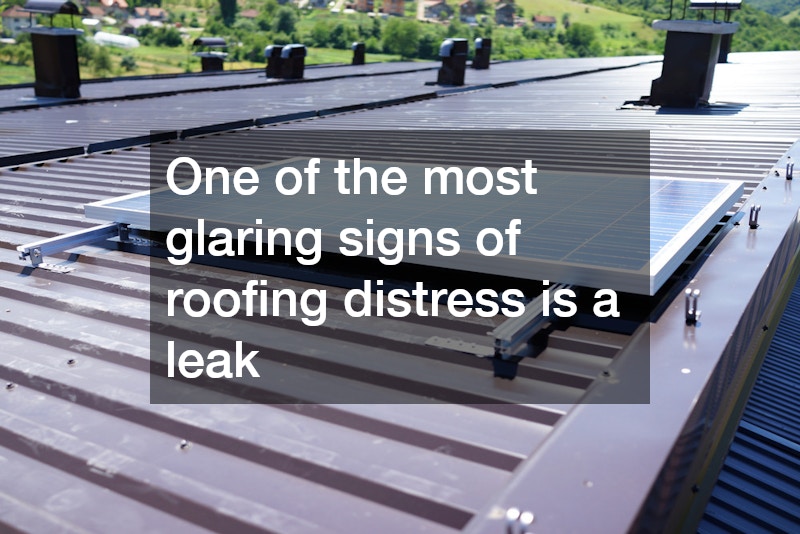Explore the vital aspects of roofing that every property owner should understand, from the perspective of commercial roofers. From common materials used to maintenance tips and signs of repair needs, this guide aims to provide clarity on roofing issues that impact your business. Understanding the intricacies of commercial roofing systems can help you maintain the integrity of your building and ultimately contribute to its value.
Being well-informed prepares you to make sound decisions about repairs and upgrades, ensuring the long-term performance of your roof.
Types of Commercial Roofing Systems
TPO (Thermoplastic Polyolefin) is a popular choice due to its energy efficiency and cost-effectiveness. It’s known for its durability and UV resistance, making it ideal for buildings in sunny climates. EPDM (Ethylene Propylene Diene Monomer) is another widely used roofing material that offers exceptional elasticity and weather resistance.
Modified bitumen roofs are built using asphalt and are reinforced with fiberglass or polyester. This type of roofing is particularly favored for its longevity and ease of installation. Each roofing type has unique characteristics that make it suitable for specific building styles and climates. For instance, lightweight options like TPO may be preferable in areas where load-bearing capacity is a concern.
Understanding the different types of commercial roofing systems allows owners to select materials that best fit their specific needs. Factors to consider include climate conditions, building design, budget, and the intended lifespan of the roof. Knowledge of these options equips property owners to collaborate better with roofing professionals, ultimately leading to smarter investment decisions.
How to Know When a Roof Needs Repairs
One of the most glaring signs of roofing distress is a leak, which can lead to extensive interior damage if left unchecked. Notably, water stains on ceilings or walls often signal underlying roof issues that necessitate immediate attention. Evidence of water intrusion can also manifest as mold growth or an increase in humidity within the building.
Another essential factor to monitor is the condition of the roofing materials. Damaged shingles, blisters, or curling can point to a compromised roofing system. Missing or loose materials are red flags that should not be ignored, as they could allow further moisture ingress. Regular visual inspections, preferably after heavy storms or adverse weather, help catch issues early before they escalate into more significant problems.
Professional assessments play a crucial role in identifying less obvious signs of wear or damage that property owners might overlook. Experienced commercial roofers can provide thorough inspections and recommend necessary repairs or preventative maintenance. By being proactive and attuned to your roof’s condition, you can mitigate potential risks and extend its lifespan.
Average Lifespan of a Commercial Roof
Factors impacting a roof’s lifespan include climate conditions, maintenance practices, and quality of installation. For example, roofs in harsher climates may experience quicker degradation, while well-maintained roofs in temperate zones generally last longer. Property owners should remain aware of how environmental forces, such as UV exposure and moisture, can accelerate wear and affect their roofs’ longevity.
Understanding the average lifespans of various roofing materials allows owners to set realistic expectations and plan for future replacements. Investing in quality materials and consistent maintenance can significantly prolong a roof’s service life. Ultimately, being informed about potential lifespan helps property owners budget effectively for future roofing needs.
How Often to Schedule Roof Inspections
In this section, we’ll outline the recommended frequency for roof inspections, what to expect during an inspection, and how preventative maintenance can save costs in the long run. It’s advisable to schedule roof inspections at least twice a year, preferably in the spring and fall. More frequent inspections may be warranted after severe weather events, such as hail or heavy rain, that could cause hidden damage. Regular inspections help identify minor issues before they develop into expensive repairs, promoting overall roof health.
During an inspection, roofing professionals will assess the condition of materials, looking for signs of wear or damage. They will check for leaks, blockages in drainage systems, and the integrity of flashing. Additionally, inspections often include an evaluation of insulation and ventilation, key elements that affect the roof’s performance and energy efficiency. A thorough inspection can reveal underlying problems not visible to the untrained eye, ensuring a comprehensive assessment.
Investing in regular roof inspections as part of a preventative maintenance plan can lead to significant long-term savings. Timely repairs reduce the risk of costly emergencies and extend the life of your roof. By being proactive, property owners can safeguard their investments, giving them peace of mind regarding their commercial facilities.
Understanding your commercial roof is crucial for its longevity and performance. By staying informed about the types of systems and maintenance needs, you can make better choices and protect your investment in the long run. Implementing routine inspections and timely repairs is a practical approach to preserving the quality of your roof. Informed property ownership not only benefits your structure but also contributes to the successful operation of your business, ensuring a solid foundation for future growth.

